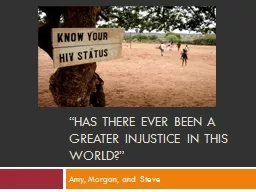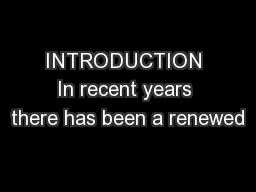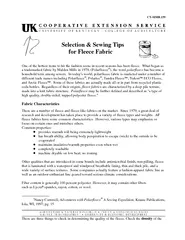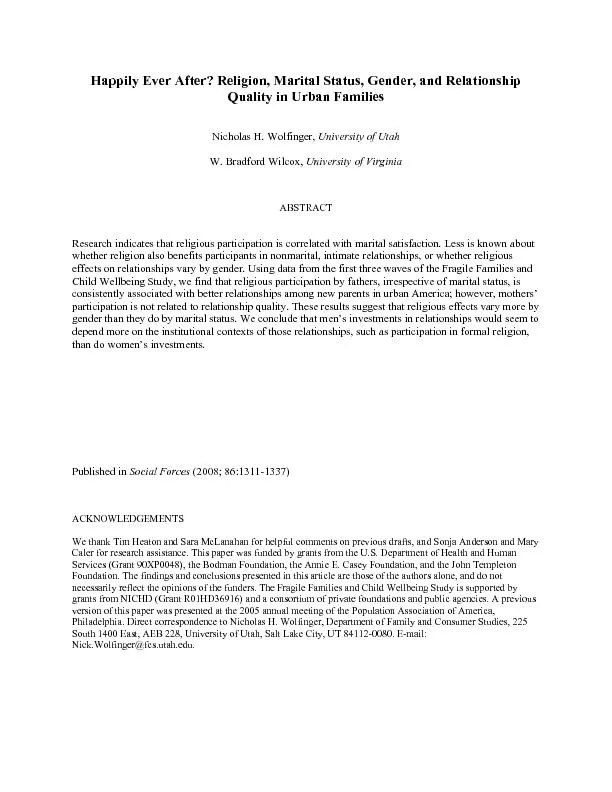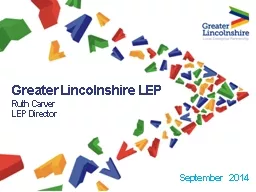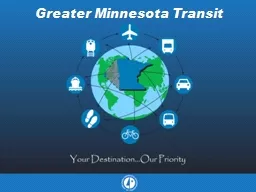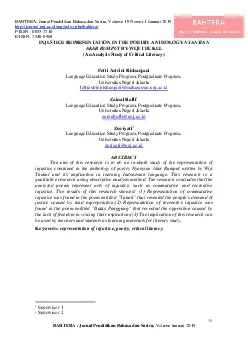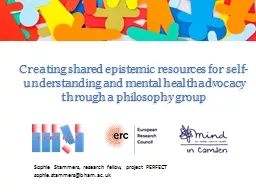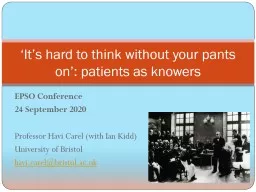PPT-“Has there Ever Been A Greater Injustice In This world?
Author : myesha-ticknor | Published Date : 2017-05-06
Amy Morgan and Steve The promises are never met The UN is ineffectual difficult to navigate and values process over results There is a tendency to praise the UN
Presentation Embed Code
Download Presentation
Download Presentation The PPT/PDF document "“Has there Ever Been A Greater Injusti..." is the property of its rightful owner. Permission is granted to download and print the materials on this website for personal, non-commercial use only, and to display it on your personal computer provided you do not modify the materials and that you retain all copyright notices contained in the materials. By downloading content from our website, you accept the terms of this agreement.
“Has there Ever Been A Greater Injustice In This world?: Transcript
Download Rules Of Document
"“Has there Ever Been A Greater Injustice In This world?"The content belongs to its owner. You may download and print it for personal use, without modification, and keep all copyright notices. By downloading, you agree to these terms.
Related Documents

